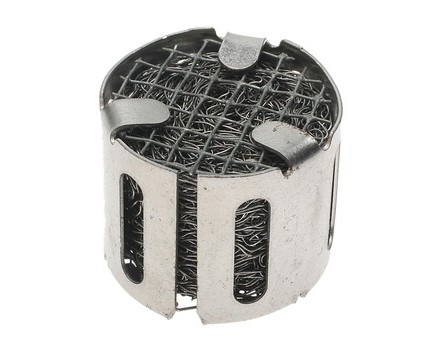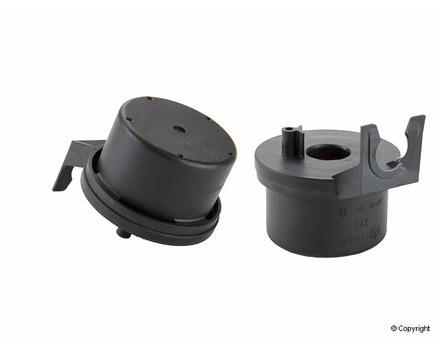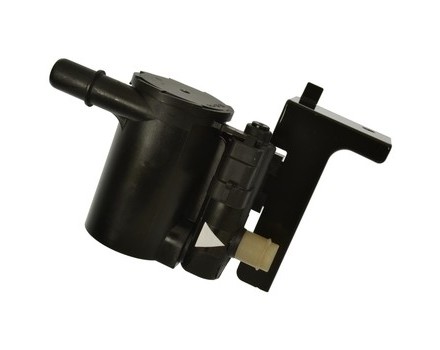Filters
Filter Options
Important: To get started, click the blue "Filter Options" button to select your vehicle and then use the filters to narrow your options.
Important: To get started, select your vehicle on the left and then use the filters to narrow your options.
What is an emission control filter?
An emission control filter is a device designed to reduce the amount of emissions being released into the atmosphere. It is typically used to reduce the amount of pollutants, such as carbon monoxide, hydrocarbons, and other harmful gases, that come from the internal combustion of a vehicle's engine.
What is the purpose of an emission control filter?
The purpose of an emission control filter is to reduce the amount of pollutants released into the atmosphere when a vehicle is operating. This helps to reduce air pollution and protect the environment.
How do I determine if my emission control filter is faulty?
There are a few signs that could indicate that your emission control filter is faulty. These include black smoke coming from the exhaust, a decrease in fuel efficiency, and a decrease in engine power.
Can a faulty emission control filter cause damage to my vehicle?
Yes, a faulty emission control filter can cause damage to your vehicle. In some cases, it can cause the engine to overheat or fail to run properly, which can lead to additional damage.
How do I replace an emission control filter?
Replacing an emission control filter is relatively simple and can usually be done in a few steps.
- Locate the filter - the filter is typically located under the hood of the vehicle, near the air filter.
- Remove the filter - use a wrench or socket to remove the bolts that hold the filter in place.
- Install the new filter - insert the new filter into the same position as the old one and use the bolts to secure it in place.
- Replace any other components - if any other components were removed (e.g. air filter), make sure to replace them.



